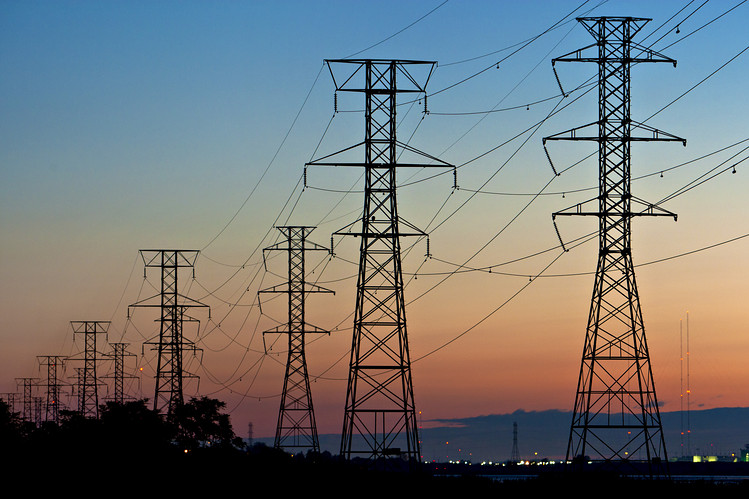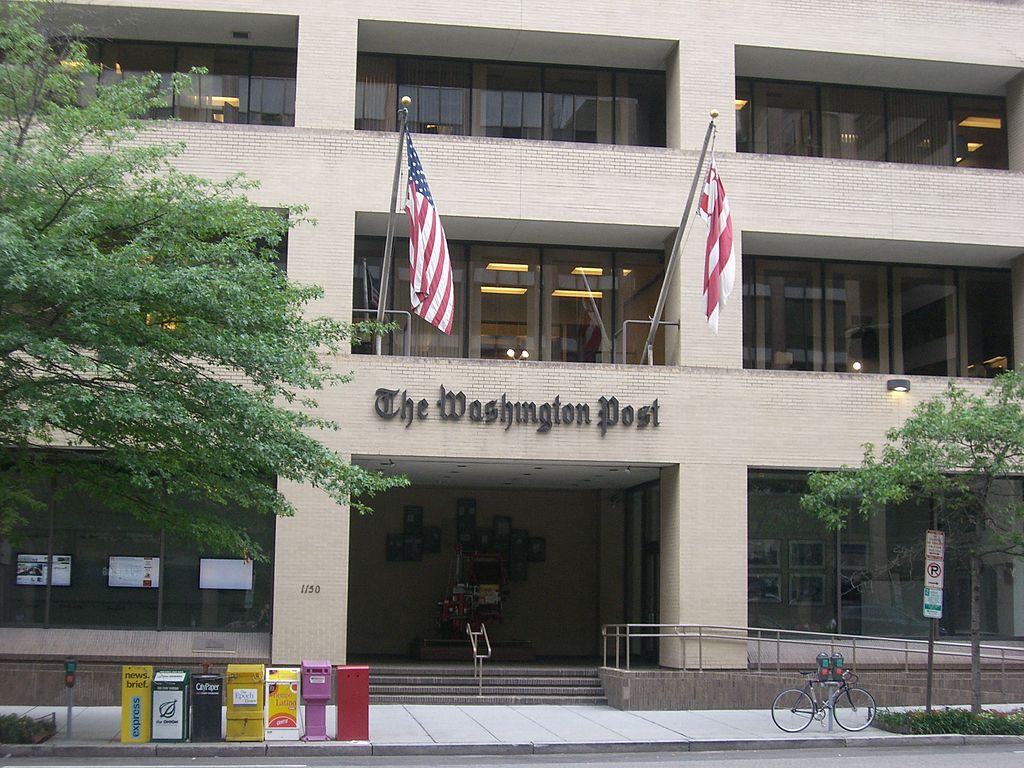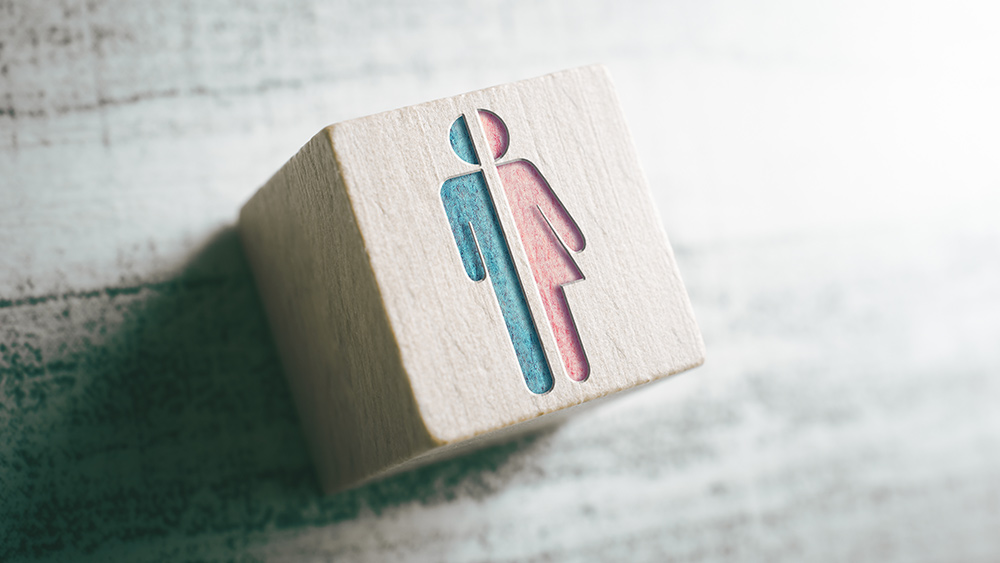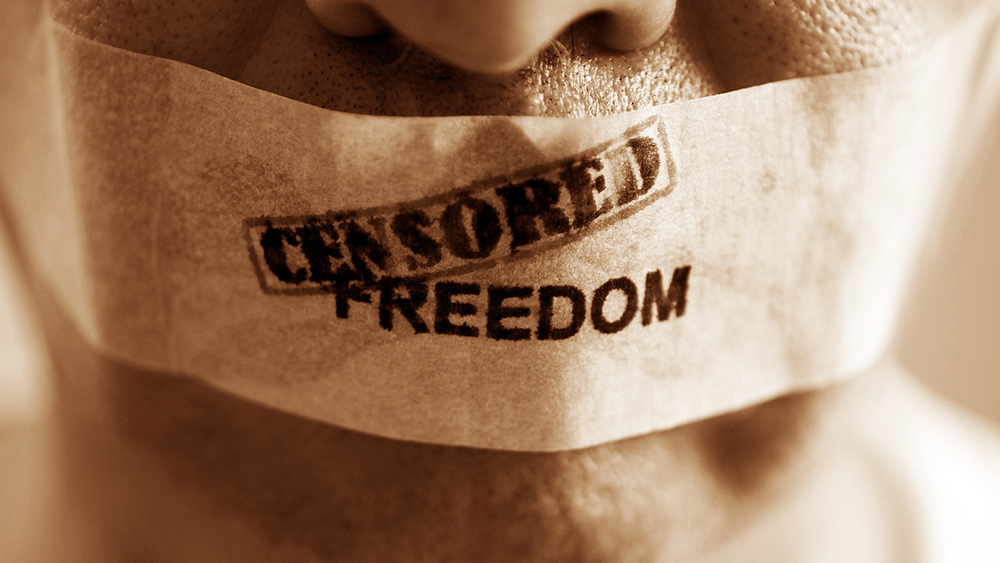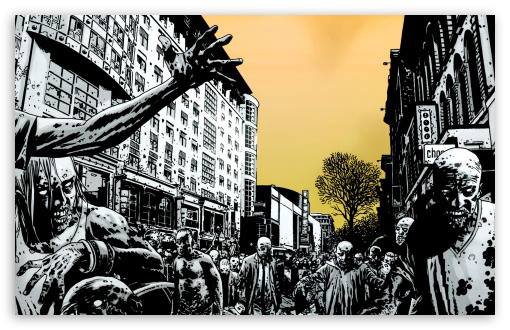
A good prepper always has a bug-out bag (BOB) packed and ready. The items in each prepper's BOB may vary depending on specific needs, but each BOB should always have the following essential items. (h/t to Survivopedia.com)
First aid kit
When preparing your first aid kit, you need to know how to use each item so you can treat cuts, wounds and stop bleeding when you don't have access to emergency medical services.
You need the following items when prepping your BOB's first aid kit:
- 2" 3M Durapore Medical Tape
- Benzoin tincture
- Chest seals – You'll need chest seals to treat penetrating chest injuries that can result in a collapsed lung. Treat the puncture wound with a chest seal or an impermeable barrier, like gauze with petroleum jelly, to buy more time as you try to get the patient to a trauma center.
- High-quality scissors and tweezers
- Individual first aid kit (IFAK) – Unlike a regular first aid kit, IFAK's were designed to help soldiers treat deadly injuries during battle, like hemorrhaging and inadequate breathing.
- Medical cotton
- Nasopharyngeal airway (NPA) and lubricant – Used to keep the airway open when treating conscious or semi-conscious patients.
- Nitrile gloves
- QuikClot Combat Gauze – Used to promote clotting and to prevent hemorrhages.
- Tourniquet
- Trauma bandage – Israeli bandages can also be used as pressure dressings. Extra gauze can also be used to address different kinds of injuries.
- Trauma shears
Shelter and firestarting
Having tools for firestarting and setting up a shelter is necessary to help you survive a long-term disaster scenario in the wilderness, especially during harsh weather conditions.
Make sure your BOB or pocket survival kit contains several methods to start a fire.
- Cordage (e.g., fishing line, paracord or rope)
- Flare or firestarter
- Lighters
- Poncho and liner – Use these items for a makeshift sleep system
- Tinder, such as cotton and petroleum jelly, in a waterproof container
- Ultralight stakes
- Watertight match case with windproof, strike-anywhere matches (Related: Top 12 NECESSARY items for survival when SHTF.)
Water
You'll need to find clean water to drink so you can stay hydrated and cook when SHTF.
- Camping stove
- Chlorine dioxide tablets – These water treatment tablets can effectively kill Cryptosporidium parvum.
- Iodine tincture (two percent) – For water treatment and first aid.
- Titanium cup
- Titanium water bottle
- Water filter
Food
When prepping food for your BOB, chose items that are compact, light and ready to eat.
- Energy bars
- A handgun for self-defense and hunting, with extra ammo
- Small reusable fishing kit with handline
Navigation and signaling
Knowing how to navigate the terrain you're in may be more important than being able to signal for help since it will allow you to make it out on your own without having to wait for rescuers.
- Emergency whistle
- Hand-held or ground flare – When traveling by boat, use an extendable hand-held flare. If you're traveling on foot, use smaller flares or firestarters.
- Lensatic compass
- Money – Once you find your way out of the wilderness, you'll need money to pay for food and accommodations.
- Pen flare launcher and flares
- Pointee-talkee – A “pointee-talkee” refers to picture books, pamphlets or inserts used to communicate when you don't speak the foreign language used in the area you're traveling in. As the name implies, a pointee-talkee includes pictures that you can point at and use to communicate.
- Pyrotechnic smoke signal – Best used when rescuers are within visual range. Alternatively, pyrotechnic smoke signals can be used for concealment.
- Signal mirror and lanyard – A signal mirror may be the fastest way to signal aircraft compared to a flare launcher.
When preparing your BOB, consider the terrain that you're traveling in. Include gear that will help you find food and water, along with tools that you can use for firestarting and building a shelter. Lastly, always carry an IFAK on your person. With a BOB, you'll have what you need to fend for yourself and find your way back to safety if SHTF.
Sources include:
Please contact us for more information.










